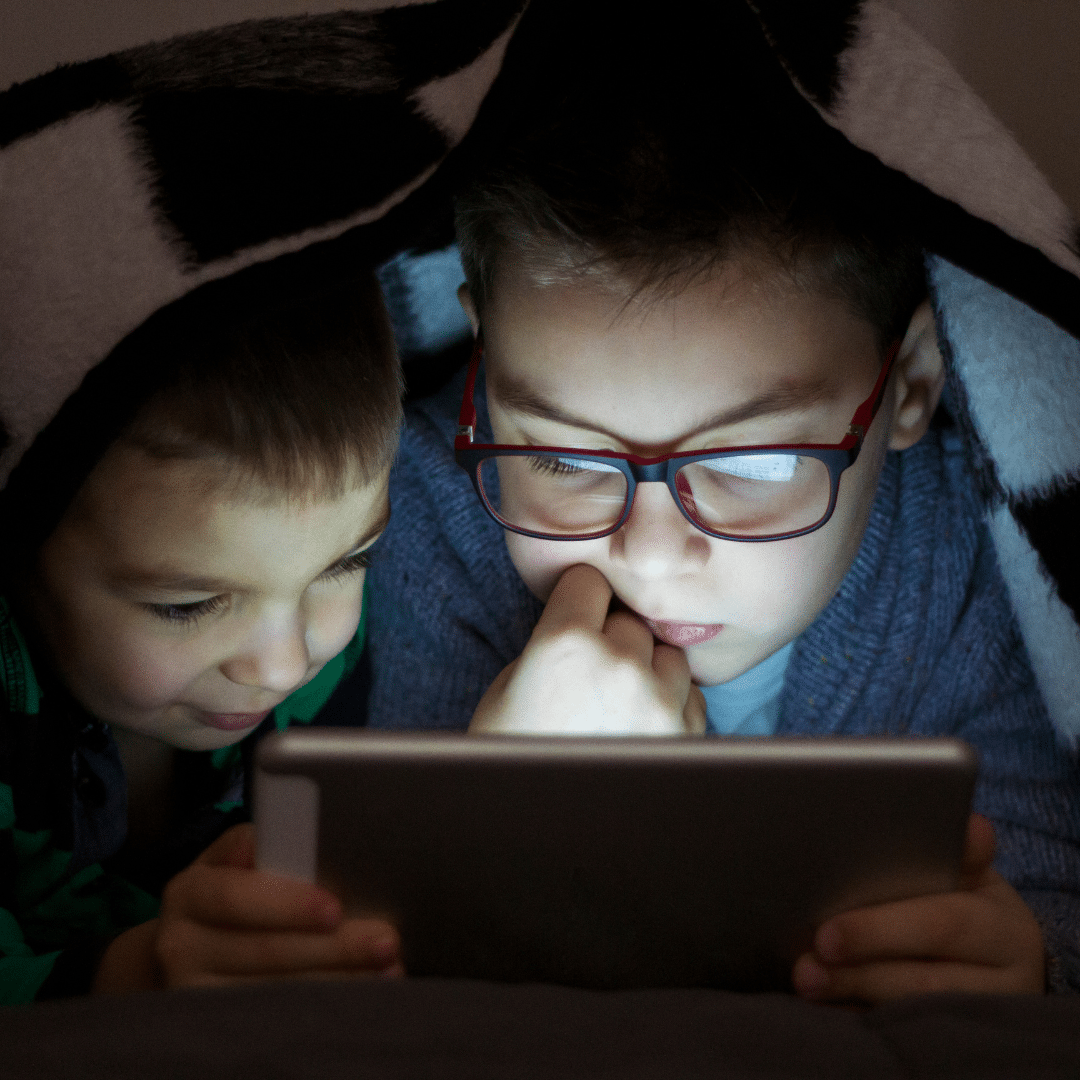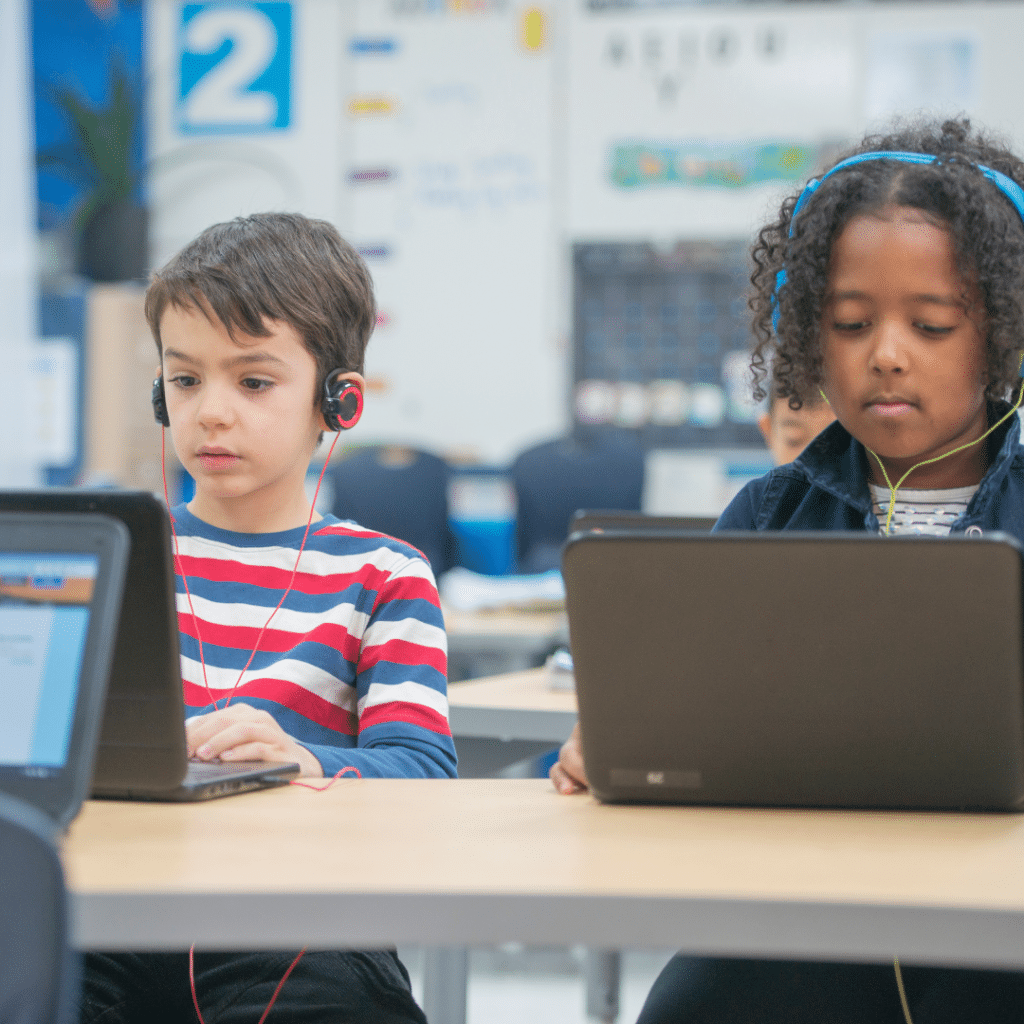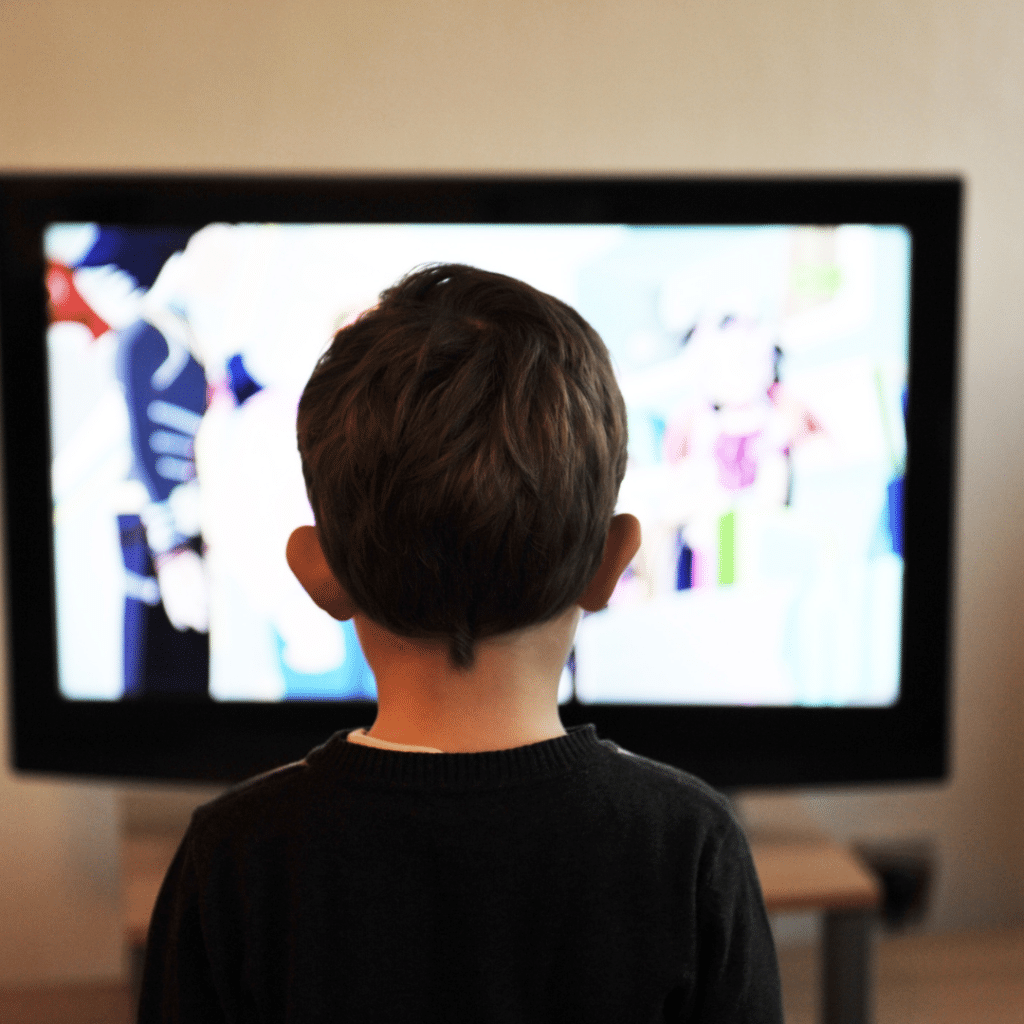Technology and Mental Health: The Relationship Between Screen Time and Mental Health in Adolescents
Meredith Rappaport, PA-C, CAQ-Psy, LCSW

There’s no denying that there is a relationship between technology and mental health. As digital devices have become the central part of our daily lives, understanding the implications of screen time on adolescents is crucial. This article will unpack the intricate relationship between screen time among teenagers and offer insights into managing its impact on mental health.
The Reality of Screen Time for Teens
Recent data suggest that the average screen time for a teenager has surged, especially in the wake of the COVID-19 pandemic. A significant study found that 12- to 13-year-olds in the United States doubled their non-school-related screen time to 7.7 hours a day from 3.8 hours before the pandemic. This increase raised questions about the long-term effects of screen exposure on adolescent mental health, as it brought with it increased reports of depression and anxiety among adolescents.

The Link Between Technology and Mental Health

The relationship between technology and mental health is complex. Technology can offer teenagers many benefits, such as learning and social connection. It enables connection through social media to peers, facilitating a sense of belonging and support and it allows maintaining friendships over long distances, keeping teens in touch with old friends. More importantly, technology also provides access to mental health care when needed, offering resources and access to interventions.
However, while screen time provides these opportunities, excessive use has been associated with negative mental health outcomes. A comprehensive review of studies involving 1,900,447 adolescents revealed that while not all studies found negative impacts, many pointed to associations between excessive screen use and increased anxiety, depression, and lower psychological well-being. These studies also show that it’s not just the amount of time spent on screens but how it’s spent that matters. Recreational activities like watching videos or gaming dominated screen time during the pandemic, often at the expense of physical and social activities. However, screens also offer opportunities for learning, creativity, and staying connected with friends and family, underscoring the need for a balanced approach to digital consumption.
Understanding Average Screen Time for Teens
Understanding what is the average screen time for a teenager helps open up the conversation about technology and mental wellbeing. The increase in screen use among adolescents emphasizes the need for guidelines and strategies to reduce potential negative effects. With teens spending significant parts of their day engaged with screens, identifying healthy boundaries is more important than ever.

Strategies for Balancing Screen Time for Teens
Balancing screen time for teens involves recognizing both the benefits and challenges of digital technology. Here are some actionable strategies:
- Set Clear Boundaries: Establish limits on screen time, especially before bedtime, can help mitigate its impact on sleep and overall mental health.
- Encourage Quality Screen Use: Guide teens towards educational and creative online activities can enhance the benefits of technology.
- Promote Offline Activities: Encourage spending time offline with friends and family, as well as physical activity, reading, and other hobbies can provide a healthy counterbalance to screen time.
- Have Open Discussions on Technology’s Dangers: Have candid conversations about the potential harms of excessive screen time, including the content you prefer they avoid and the risks of mental health issues.
- Turn On Privacy Settings: Ensuring privacy settings are activated on social media and other platforms to protect your teen’s online presence.
- Monitor Your Teen’s Accounts: Keeping an eye on social media and other accounts to understand their online interactions.
The relationship between teens and technology is not inherently negative. Digital devices offer vast opportunities for learning, creativity, and connection. The key is finding a balance that supports mental health and well-being. Open dialogue about digital habits and mindful use of technology can empower teens to navigate the digital world responsibly.
Responsibly edited by AI
Other Blog Posts in
Animo Sano Psychiatry is open for patients in North Carolina, Georgia and Tennessee. If you’d like to schedule an appointment, please contact us.
Get Access to Behavioral Health Care
Let’s take your first step towards. Press the button to get started. We’ll be back to you as soon as possible.ecovery, together.




